-
Posts
1,187 -
Joined
-
Last visited
-
Days Won
4
Content Type
Profiles
Forums
Blogs
Gallery
Events
Store
Posts posted by Deutschritter
-
-
Commander's cross as Dutch Oberst? That's generous, but certainly deserved. Thanks, Glenn!
0 -
-
Thanks so much, Gentlemen, once again I am in awe of the vast information that can be found. ... and Glenn, what can I say ... just wow!
1 -
His promotion is said to have happened in 1917, after receiving his doctorate (Ruprecht-Karls-Universität Heidelberg). Does the list also show the Reserve doctors? Thanks! His units were: Grenadier-Regiment „König Friedrich I.“ (4. Ostpreußisches) Nr. 5 in Danzig (Meldung als Kriegsfreiwilliger), Reserve-Infanterie-Regiment Nr. 227 (Western Front), Reserve-Infanterie-Regiment 232 and Reserve-Lazarett II in the Landhausschule in Heidelberg.
0 -
Thanks so much ... then he was still Feldunterarzt der Reserve, because this rank was on an equal footing with the deputy officer (Offizier-Stellvertreter).
0 -
Gentlemen, this picture is allegedly from 1916 ... my question for the experts: Is he here Feldunterarzt der Reserve, Feldhilfsarzt der Reserve or even already Assistenzarzt der Reserve (his last known rank in WWI)? Thanks! One source states, in WWII he was also Generalarzt, but I cannot find a confirmation.
0 -
Adding Generalleutnant Josef Folttmann and GdK Friedrich Franz IV of Mecklenburg-Schwerin
0 -
Good question, but I am not an expert. Seebach (b. 8 June 1787 auf Gut Storndorf, Amt Storndorf, Oberamt Alsfeld, Upper Principality of Hesse, Landgraviate of Hesse-Darmstadt, Holy Roman Empire) received his FEL5 (Knight) in 1812 (Königlich-Württembergisches Hof- und Staats-Handbuch, 1812, p. 42) as Major in the Chevauxlegers-Regiment Nr. 2 for Napoleon's Russian campaign (Württemberg served Napoleon from 1806 to 1813) for his service in the bloody Battle of Borodino. He received his FEL4 (Officer) in c. 1822/23, in a time when King Louis XVIII loved handing out decorations, often to Germans, especially if they already had a lower class of the order. If his successors did the same, I do not know.
0 -
1 hour ago, Mattyboy said:
This is said to be the later General Erich Hassenstein, although his HOH3x does not appear in the 1927 ranklist
Rangliste 1931 (https://babel.hathitrust.org/cgi/pt?id=mdp.39015035971087&seq=155&q1=Hassenstein&start=1) also shows Hassenstein without HOH3⚔ and VWA ... it is a great picture. Your man should be: Wilhelm Berthold Helmuth Beukemann
1 -
Yes, of course. Here is Gotha:
1905 https://digital.ub.uni-duesseldorf.de/ihd/periodical/pageview/8238324 (Friedrich Karl Wilhelm had 10 children)
1913 (p. 641): https://www.familysearch.org/ark:/61903/3:1:3Q9M-CSJB-H927-4?i=376
1921 (now they finally have him as Major) https://www.familysearch.org/ark:/61903/3:1:3Q9M-CSJB-4LNK?i=389
I just finished this:
The place “Cemoforte” was probably first mentioned in documents in 860 as a property of the Fulda monastery. In 918, King Konrad owned an estate in Cammerforst (later written Kammerforst), from which the later manor probably emerged. In the 14th century, the Lords of Seebach were enfeoffed with the manor. From 1525 to 1535 the manor was divided into an upper and a lower estate. The indebted von Seebach had to cede 2/3 of their manor to Johann Christoph von Harstall in 1625. During the Thirty Years' War, the place was sacked by imperial troops. The construction of the new church began in 1687. After the upper estate temporarily came to the Lords of Eschwege, Hartmann Adolf von Eschwege sold it to the later Royal British Electoral Braunschweig Generalmajor Johann Christian Friedrich von Seebach (d. 6 December 1791) in 1764. In 1792, after the Generalmajor's death, Wilhelms father, Georg Philipp von Seebach, took over Gut Cammerforst, and in 1822 (provisionally until his retirement from the military in 1825), after his father's death (d. 27 June 1822), Wilhelm himself. In 1848, after Wilhelms's death, Cammerforst was first managed, son Ulrich Friedrich von Seebach took over both upper and a lower estates in 1860, when he was old enough. Until 1815, Kammerforst was the westernmost place in the Electorate, later Kingdom of Saxony. It belonged to the Electoral Saxon office of Langensalza. After the cession to the Kingdom of Prussia, Kammerforst belonged to the Langensalza district (Kreis Langensalza) in the Province of Saxony from 1816 to 1944 (now a part of the Unstrut-Hainich-Kreis in Thuringia). After the end of WWII in 1945, the noble family was expropriated by the communists as part of the land reform.
1 -
37 minutes ago, David M said:
Where did you read the PLt date?
He was born at Kammerfrost. So that sounds ok
https://kurhessen.owlstown.net/pages/1897
Read his entire bio here.
Thanks, David, really great!
0 -
4 hours ago, David M said:
Where did you read the PLt date?
I was just guessing he was Premierleutnant (27 years old) when entering, seeing his next rank was Rittmeister. Could he have already been Major in 1812 with the Leib-Chevauxlegers-Regiment Nr. 2 (renamed Jäger-Regiment zu Pferd Nr. 3 „ Herzog Louis“ in 1813)? Can you confirm any of the other information? Maybe the Gotha death date is right and the Militär-Wochenblatt received the information 9 days later (being 1848)?
Let me add this: If he WAS already Major, then he retired from the Cavallerie-Regiment Nr. 5 on 23 December 1813 (Entlassung durch den König).
0 -
Gentlemen, am I reading this right: He was promoted to Rittmeister on 25 April 1815? One year after entering as Premierleutnant? Gothaisches Genealogisches Taschenbuch der Uradeligen Häuser has this, I am just not sure, if he is the right one: Friedrich Karl Wilhelm von Seebach (b. 8 June 1787 at Gut Storndorf), Königlich württembergischer Kammerherr, Königlich preußischer Rittmeister (sic!), d. 2 December 1848 at Gut Cammerforst. Son of kurpfälzischer Kapitän George Philipp von Seebach (1748-1822). Wilhelm retired three years after his father died and became lord of the manor or Herr auf Storndorf, Cammerforst, Oppershausen, Flarchheim und Großen-Gottern. Am I on the right track? Thanks!
0 -
Promotions (I hope, I got them right):
Sekondeleutnant (2nd Lieutenant) on 24 August 1893
... à la suite of the Großherzoglich Mecklenburgisches Grenadier-Regiment Nr. 89
Oberst (colonel) on 9 April 1901 (the ranks in between were skipped)
... à la suite of the Garde-Kürassier-Regiment in Berlin
Generalmajor on 1 January 1904
Generalleutnant (Lieutenant General) on 27 January 1907
General der Kavallerie on 13 September 1911
... à la suite of the Garde-Kürassier-Regiment in Berlin and the I. See-Bataillon (Kaiserliche Marine) in Kiel
0 -
Thanks, Gentlemen! Künker writes him Rothard (https://www.kuenker.de/de/archiv/stueck/239891), now I know it is Rothardt. Too bad, no source can produce a death date.
16 September 1885 Sekondeleutnant (2nd Lieutenant)
14 September 1892 Premierleutnant (1st Lieutenant)
27 January 1900 Hauptmann (Captain)
27 January 1908 Major
22 April 1914 Oberstleutnant (Lieutenant Colonel)
27 January 1917 Oberst (Colonel)
30 September 1919 Charakter als Generalmajor
Prussian Centenary Medal 1897 (Zentenarmedaille)
Red Eagle Order (Roter Adlerorden), 4th Class
Prussian Long Service Cross (Dienstauszeichnungskreuz), 1909
Iron Cross (1914), 2nd and 1st Class
Brunswick War Merit Cross, 2nd Class (BrKr2/BrK2)
Hessian Bravery Medal (Hessische Tapferkeitsmedaille; HT)
Mecklenburg-Schwerin Military Merit Cross (Großherzoglich Mecklenburgisches Militärverdienstkreuz), 2nd Class (MMV2/MK2)
Hamburg Hanseatic Cross (Hamburgisches Hanseatenkreuz; HH)
Military Merit Cross (Austria-Hungary), 3rd Class with the War Decoration (ÖM3K)
Prussian Order of the Crown, 2nd Class with Swords in March 1917
Ehrenkreuz für Frontkämpfer
There is also a Rothardt, Ernst, Generalmajor ... does anyone know anything about him? Therefore my question: Was his first name maybe Ernst, not Erich? Source: https://archivdatenbank.gsta.spk-berlin.de/midosasearch-gsta/MidosaSEARCH/iv_ha_rep_7/index.htm?kid=GStA_iv_ha_rep_7_8_18
1 -
-
-
Gentlemen, does anyone have a complete list of the Grand Duke's decorations for WWI? Wikip. has EK 2 and 1, and I can see MMV 2 and 1 ... what am I missing? Thank you! I am also looking for promotion dates, any help would be great. Maybe Leutnant as a child, as often seen by the children of Hoher Adel?
0 -
I was thinking the same, the face scar is almost too "pretty", and he was a member of the Guestphalia Marburg Corps (pflichtschlagend).
1 -
Good evening, Gentlemen. Maybe you can help with a short question. The Generalfeldmarschall had three children: Bernd Walter Achim, Gerd Bernhard Alfred and Heilwig Elisabeth Charlotte (married Mayer?).
Bernd, originally with the 3. (Preußisches) Reiter-Regiment, who would become Oberst of the Luftwaffe, is quite known, but I cannot find out anything on Gerd (b. 30 May 1914) after 1936/37, where Gotha has him as Fähnrich (Heer? Luftwaffe?). Do you know anything about him? Thanks!
Picture: On his desk in Nuremberg, to the right a pictrue of his daughter and his son Gerd in Heer uniform.
0 -
Thanks, Gentlemen! Sorry, I have no other pictures with medal bar.
0 -
Thanks so much, Gentlemen, so the Führerlexikon got it wrong. These dates are just great!!! Sick in hospital? I wonder, if that was due to the head/face injury/wound. Adjutant of the regiment? May I ask to which regiment the Reserve-Jäger-Bataillon 13 was subordinated to?
About the REK4 (I probably got that wrong) or 3: REK3 (or REK2?) would be the Offizierkreuz, I do wonder if a Leutnant der Reserve would receive that grade? Please let me know. Italian Order of the Crown, Grand Officer Cross? That would make sense, I have for a while now wondered what the star decoration (2nd picture, also apparently something around the neck) is, I think, this could be it! Once again, thanks everyone!
0 -
Gentlemen, I read, that Dr. jur. Otto Georg Thierack, later Reich Minister of Justice, fought in the Reserve-Jäger-Bataillon Nr. 18. Does anyone have any exact dates and units? He was either hurt or wounded severly (face, head), when I look at pictures, it seems he has a glass left eye. Führerlexikon has him with these decorations (but no VWA):
Iron Cross (1914), 2nd Class
Reussian Cross of Honor with Swords (REK4⚔)
Saxon Albert Order (Albrechts-Orden), Knight 2nd Class (SA3b⚔)
Anything else? He supposedly was also Hauptmann d. R. of the Wehrmacht. Thanks!
0 -
Is that the VWA in Mattweiß or Gold? Am I seeing that right: Eiserner Halbmond? Thanks!
0



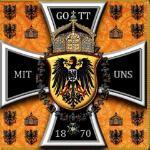
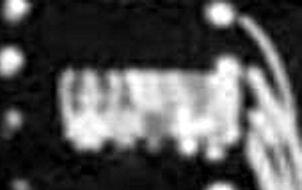
in1916.jpg.3be82c265fa68c05db4b10d2a41591c1.jpg)

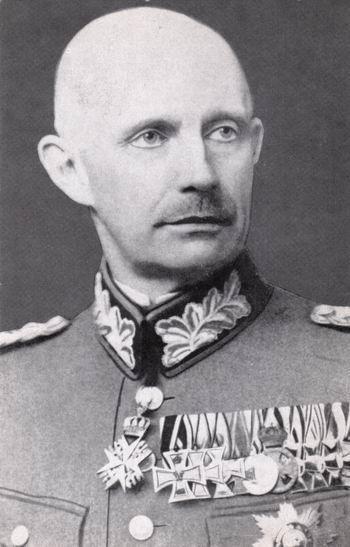
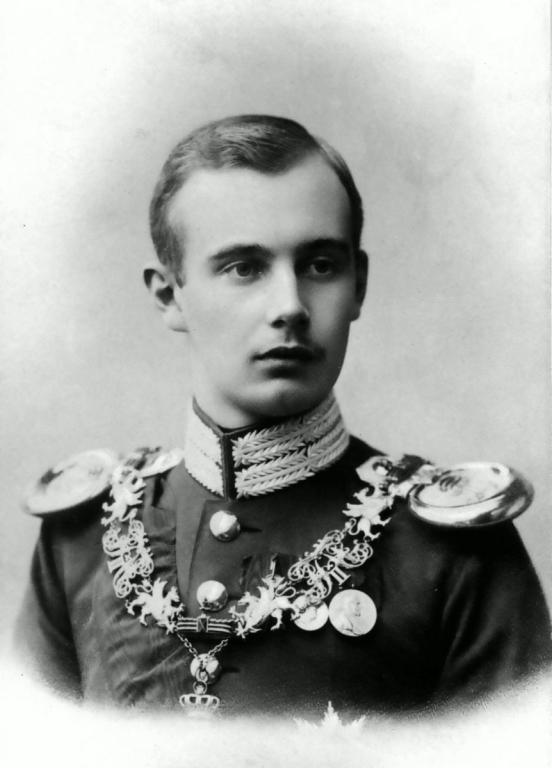
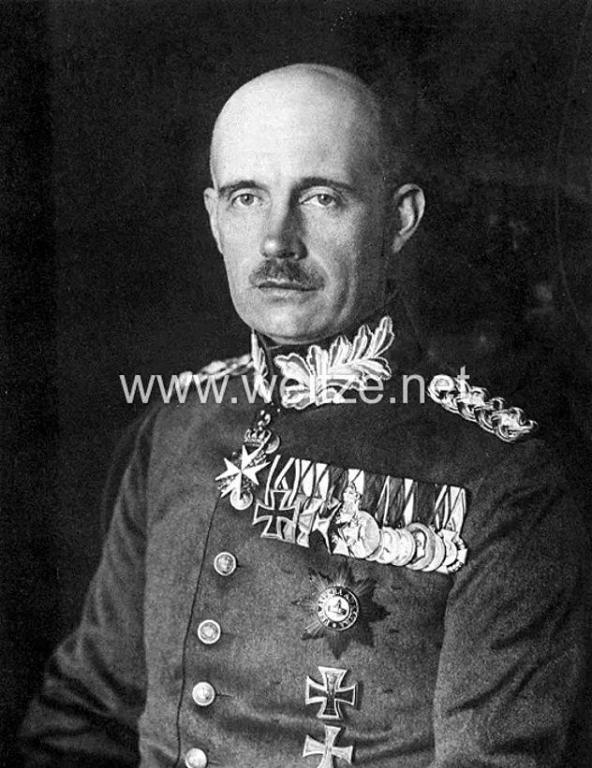

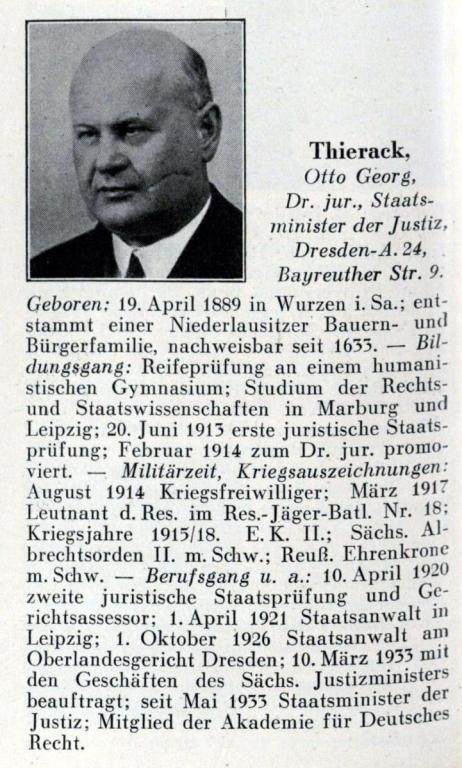
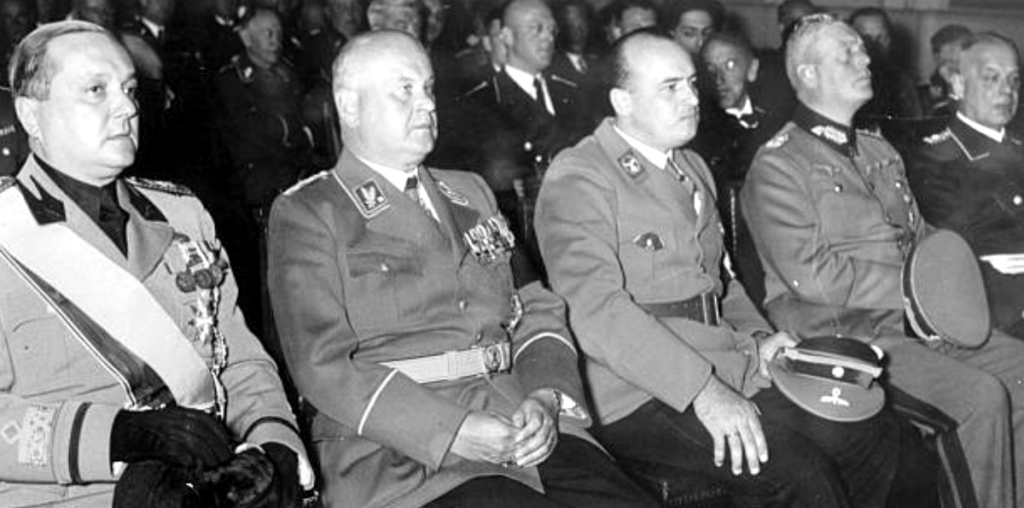

Brauchitsch, Walther von
in Germany: All Eras: Signature Database
Posted · Edited by Deutschritter
Just sensational, thanks so much! I hope, he survived the war. Concerning the ribbon bar, would you agree with EKII, Dienstauszeichnung (4th Class) and Sudetenland medal with clasp Prager Burg?